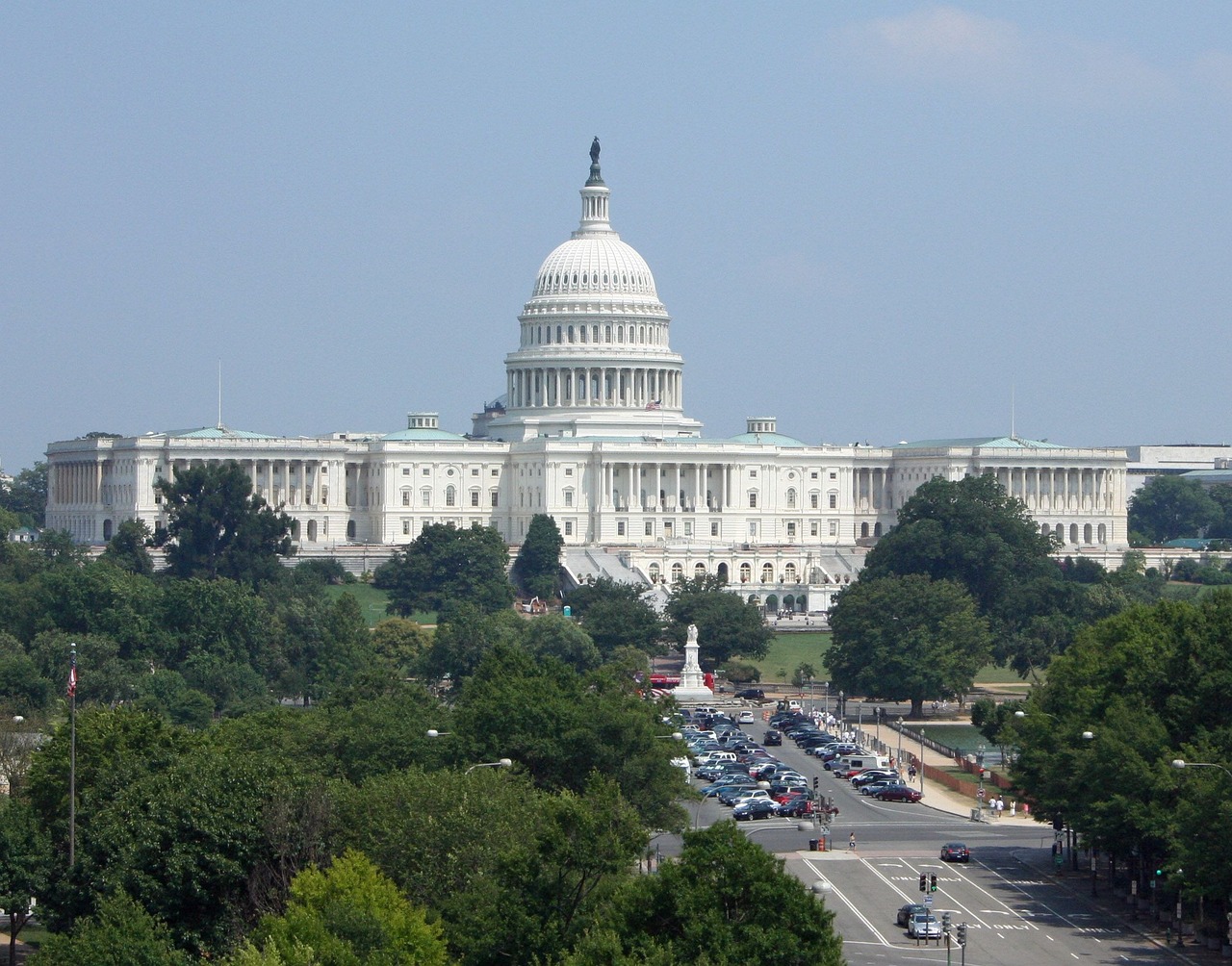The Rate Hike Pause: A Respite for Commercial Real Estate?

Despite the current rate hike pause, uncertainty remains as the Federal Reserve could resume hikes in 2023, depending on inflation.
Table of Contents
The rate hike pause brought forward by the Federal Reserve in mid-June has given a momentary sigh of relief to the commercial real estate sector, which has been hit hard by a succession of interest rate increases since March 2022. Although the rate hike pause indicates a temporary halt, the central bank did not entirely rule out the possibility of further hikes this year.
Benchmark Rates Will Remain Stable
This rate hike pause signifies that the benchmark interest rate will remain stable, oscillating between 5 and 5.25 percent. This decision, in the wake of a 15-month streak of ten successive hikes, has dramatically pushed up borrowing costs for commercial real estate market players. Despite the rate hike pause, the Federal Reserve has left the door ajar for more rate hikes in 2023, contingent on inflationary trends.
Fed Chair Jerome Powell, during a press conference, alluded to the broad consensus among the committee members. Given the current situation surrounding high yield savings accounts and credit cards, they foresee a potential need for a slight interest rate hike by the year’s end.
However, considering the swift and substantial actions already taken, the committee deemed it wise to benefit from the rate hike pause, keeping the target rates stable to gather and assess additional information.
Fed Rate Previously Sat at 0.25 to 0.5%
Prior to the Federal Reserve’s aggressive strategy to counter inflation since March 2022, the federal funds rate rested between 0.25 to 0.5 percent. A series of rate increases, which included four straight 75 basis point hikes, caused banks to retract on lending activity due to uncertainties regarding the eventual height of the interest rates.
The Commercial Real Estate Finance Council (CREFC) Executive Director Lisa Pendergast stated that the rate hike pause does bring some relief, but it is the uncertainty that has caused distress in the CRE sector. Pendergast pointed out the rate hike pause might help bolster confidence in refinancing deals and property acquisitions.
How are stakeholders responding to the mounting commercial lending downturn?
Pendergast said, “This rate hike pause suggests that the Federal Reserve has perhaps already taken enough measures to halt them soon.” She added that despite the industry facing significant challenges, such as declining office sector valuations due to the rise of hybrid work trends, it is far more resilient than during the 2008 Global Financial Crisis, primarily due to healthier leverage levels.
The day before the Fed’s decision to maintain the rate hike pause, a Bureau of Labor Statistics report showed that consumer prices rose at an annualized rate of 4 percent in May, marking the smallest increase since early 2021. Powell maintained the Federal Reserve’s commitment to reducing inflation down to its 2 percent target, ruling out any possibility of rate cuts until “inflation comes down significantly.”
See how San Francisco’s commercial property sector is dealing with rising defaults.
Investors accept the lay of the land when it comes to rate hikes.
Marcia Kaufman, CEO of Bayport Funding, commented that most commercial real estate investors have come to terms with where interest rates will stand in the foreseeable future. With the rate hike pause in effect and long-term interest rates stabilizing, she has observed a resurgence in deal flow within the multifamily sector.
She said, “Despite the rate hike pause, deals aren’t getting done cheaply, but they are getting done. This presents good opportunities in the multifamily and bridge-lending sectors.”



